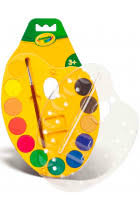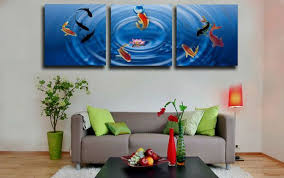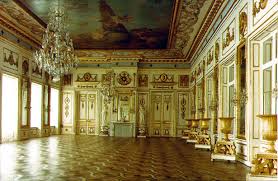CLASSIFICATION OF WORKS OF THE FINE ART
 Classification of works of art by type, material, technique and genre.
Classification of works of art by type, material, technique and genre.
Works of fine art are divided into the following main types: painting, graphics, sculpture, decorative and applied art. Recently, a fifth can already be added to the traditional four types of fine art – technical arts, which include art photography and computer graphics. Painting, in turn, is divided into easel and monumental. Graphics for drawing, watercolors and printed graphics. The sculpture is round (monumental, easel, small forms) and relief (bas-relief – when less than half the volume emerges from the plane and the relief is more than half). Even more varieties in DPI: ceramics, hot enamel, batik, tapestry, forging, painting on wood, metal, etc.
Within each species there is a division according to materials and techniques. So, printed graphics can be done in the technique of lithography, woodcut (woodcut), linoleum (linocut), metal (etching; its varieties: dry needle, aquatint, mezzo-tinto, soft varnish). Monotype can also be attributed to printed graphics. The drawing can be done with a pencil, charcoal, ink (pen or brush), pastel, sanguine, sepia, or in mixed media. Some artists combine graphic materials with paintings. Works of this kind are already difficult to attribute to graphics, while they are not paintings. These are “works on paper or cardboard” made in mixed media.
Monumental painting refers to a special kind of art called monumental. The main feature of this kind of art is its inextricable connection with architecture. This connection determines the classification of monumental painting and its place in the architectural space (exterior or interior, painting on the wall or ceiling – ceiling, etc.). Monumental painting includes panels, paintings, mosaics, stained glass.
Panels and paintings can be made in various materials and techniques – in the fresco technique (painting with tempera paints on raw plaster), acrylic paints on plaster or gypsum plaster, etc. In addition, the panel can be executed using the technique of mosaics, intarsia, marquetry, etc. There is also monumental graphics – a wall graphic that is made using the sgraffito technique. It should be noted that such techniques as mosaics, stained glass, intarsia, marquetry, created without any connection with a specific interior or exterior, can be attributed to decorative and applied art.
The classic technique of easel painting is oil painting on canvas. However, an earlier technique coming from icon painting is painting with tempera paints on a board covered with gesso. This technique is used now, and not only when creating icons.
Modern artists, especially those who prefer pasty painting with powerful textures, often use hardboard instead of canvas, and colored relief pastes instead of oil paints. The painters of our days have firmly entered the arsenal of new generation paints – acrylic, which are very convenient to use: they dry quickly, are elastic, but still inferior to oil paints in plasticity, in the possibilities of color nuances.
The painter selects certain materials in accordance with the task of art. Sometimes a painting turns into a bas-relief – the artist puts such powerful colorful layers. The boundaries between types and techniques are becoming increasingly blurred. So, a painting can be fused with various pasted objects, both flat and voluminous, which transforms it into a new art form that appeared in the 20th century – an art object. The latter often dispenses with painting altogether. This group of works includes collages, decoupage, counter-reliefs, etc.
Recently, “print painting” is gaining ground. I do not mean digital printing on canvas, but serial printing, which can be carried out on any basis. This is a very expensive technique. Only artists well in demand abroad can afford it. Its essence is that with the help of special equipment a limited number of high-precision color repetitions of a pictorial original is made. This is a very long process, which is carried out in the presence of the artist. Each print has some differences from the original and is still being finalized and signed by the artist. All instances are numbered, and the matrix is destroyed. So it turns out a series of paintings, each of which is unique. Seriography is collected worldwide, as it is considered an authorial work and is more accessible to most collectors than the original. Moreover, the cost of the latter is growing astronomically.
The sculpture is made of stone, wood, metal, clay, etc. The way the sculptor works depends on the chosen material – does it remove the excess by releasing the image from stone or wood, or sculpts, increasing mass (clay).




